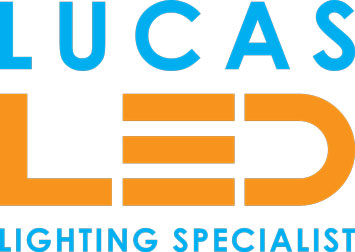LED floor lamps - why is it worth it?

LED floor lamps - why is it worth it?
Lighting your home efficiently might be harder than it seems at the first glance. It's quite easy to overdo it and wash your living space with excess illumination or make it all dark and gloomy. That's why a LED floor lamp is a light decorator's best friend - it can be rather easily moved and help in getting the lighting just right. Let's take a closer look at floor lamps and how to choose them.
Why use floor lamps?
As already mentioned, floor lamps are portable, which makes them quite flexible - they can be used in practically every room. You can find different styles on the market - from simple, minimalistic and discreet light-providers to extravagant overhanging lamps designed to dominate the room and be a bold fashion statement. Moreover, floor lamps add height, making the interior look more spacious even if there's not much room.
Floor lights come in both ambient and task variants, making it easy to pick the ones best suiting the room's mood. With dimmable and RGB LED bulbs, they can create some unique effects.
Types of floor lamps
Although the variety of designs can be rather overwhelming, all the available floor lamps can be roughly divided into four categories:
- Reading lamps - a reading lamp provides a focused light beam ideal for all sorts of task lighting, especially if you pick up a model with tilting shade and adjustable reach (e.g., flexible arm).
- Ambient lamps - an ambient floor lamp is meant to provide general lighting in a given area. The light can be diffused and made semi-directional with a fitted lamp shade. It's the most traditional type.
- Arc lamps - equipped with an adjustable stem and flexible heads, arc floor lamps can work as both ambient and task lighting. They can even be used as overhead lamps for, e.g., dining tables.
- Uplight lamps (a.k.a. torchieres) - floor lamps, that are equipped with upward-pointing shades. They work best as accent lights for highlighting walls or providing volume to a dark corner.
Things to consider while choosing floor lamps
When you've got the type, it's time to tackle the details. The three main ones you should always consider are:
- Height - it affects the width of the lamp's light beam - taller ones work great for ambience, but task lamps should be kept rather short. You should also consider the height of all the other furniture in the room - the lamp shouldn't extensively tower over them. Additionally, make sure the light won't be directly at your eye level, so it won't produce uncomfortable glare.
- Size - make sure that the lamp of your choosing will fit in your available space, e.g., a lamp with a tripod base would need more floor space than a slick torchiere.
- Cost - the price can vary greatly, depending on the style, size, and the lamp's decor value. There's no point in picking up an intricate art piece when all you need is a simple task light. On the other hand, a meticulously designed lamp can be the centrepiece of an interior's decor.
LED floor lights - multi-purpose light sources
LED lights are the most diverse, cost-effective, and adjustable lighting currently available. When you combine them with a floor lamp, you can create truly unique effects that can be adjusted almost on the fly. So if you want to lighten up your home with some ambience, be sure to check out LED floor lamps.














